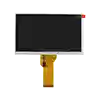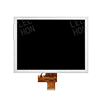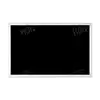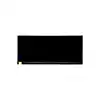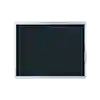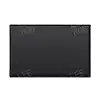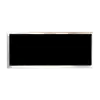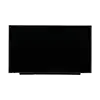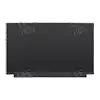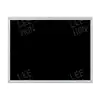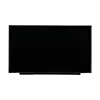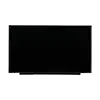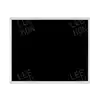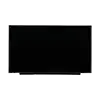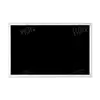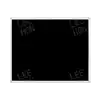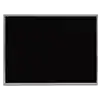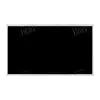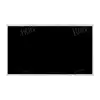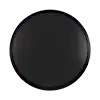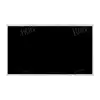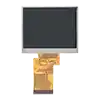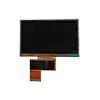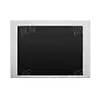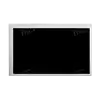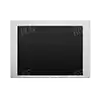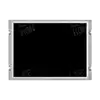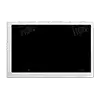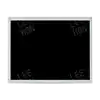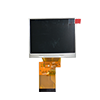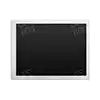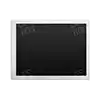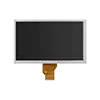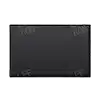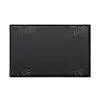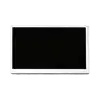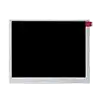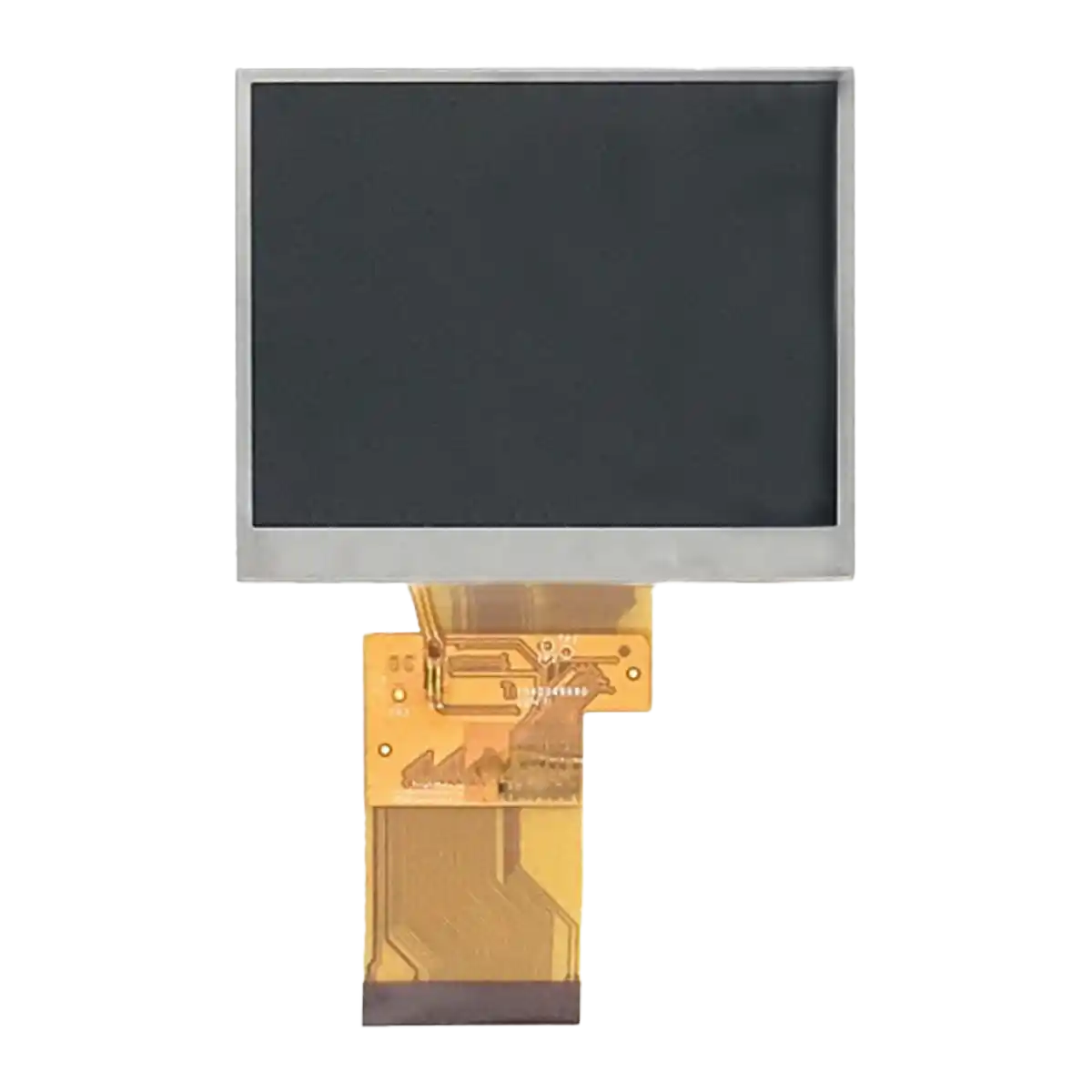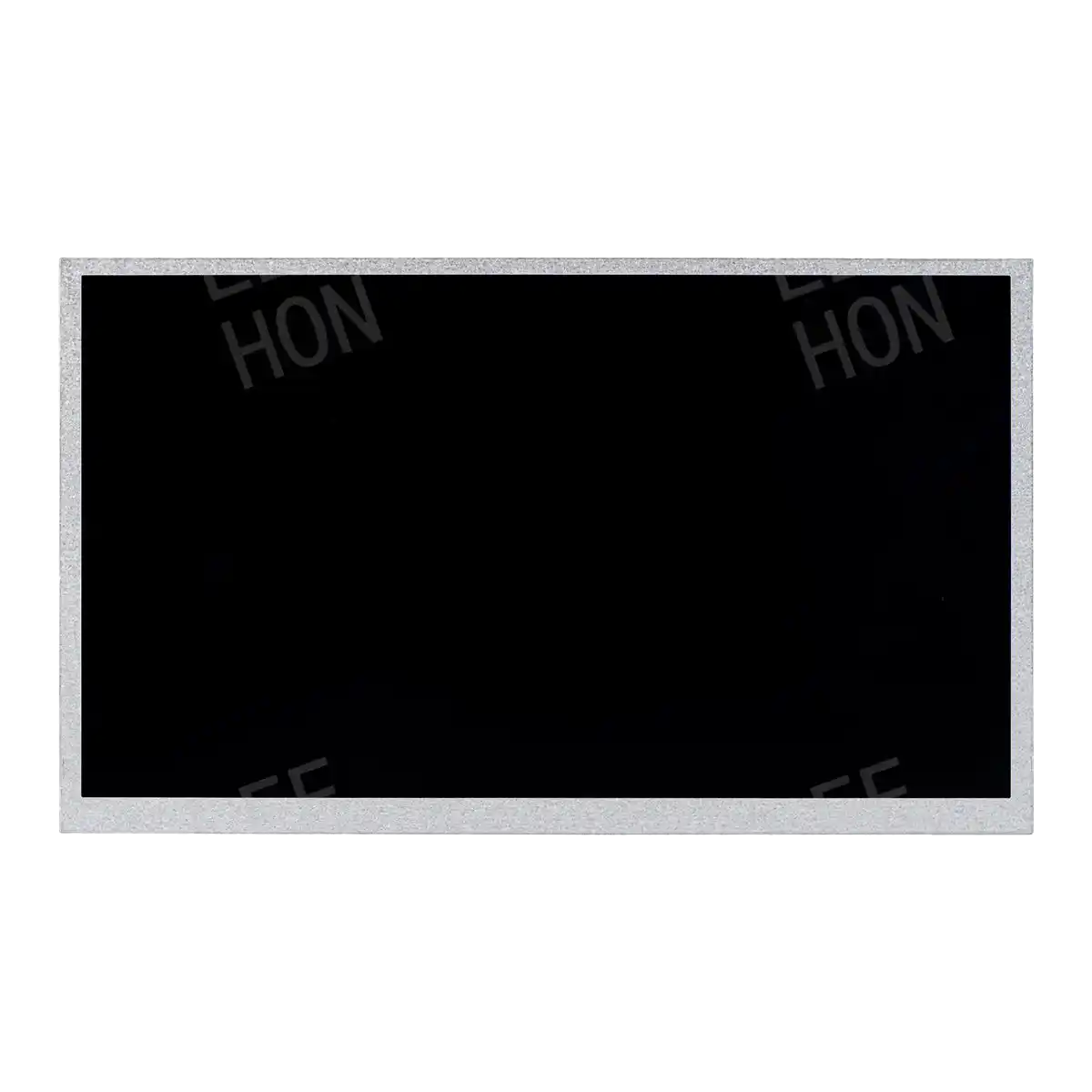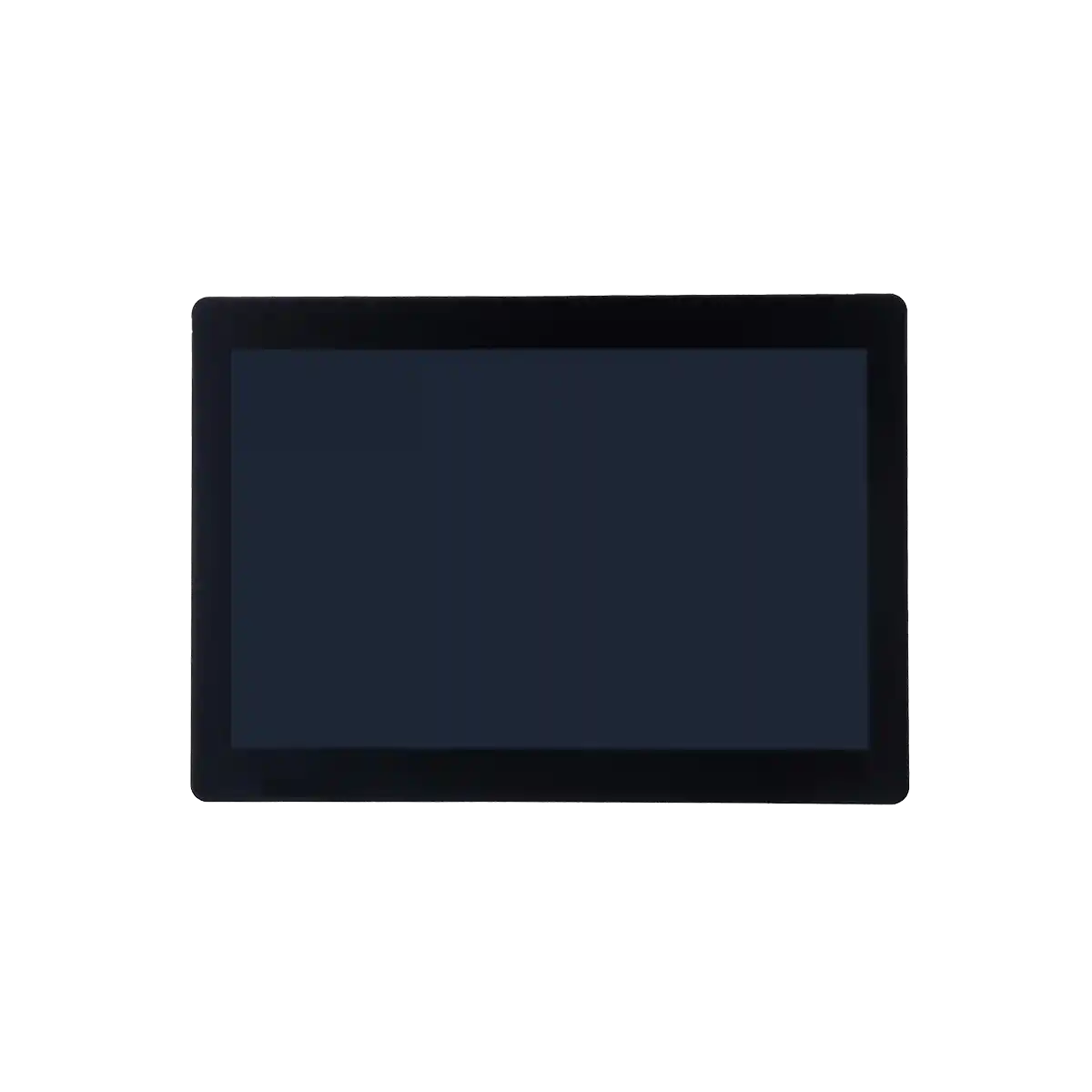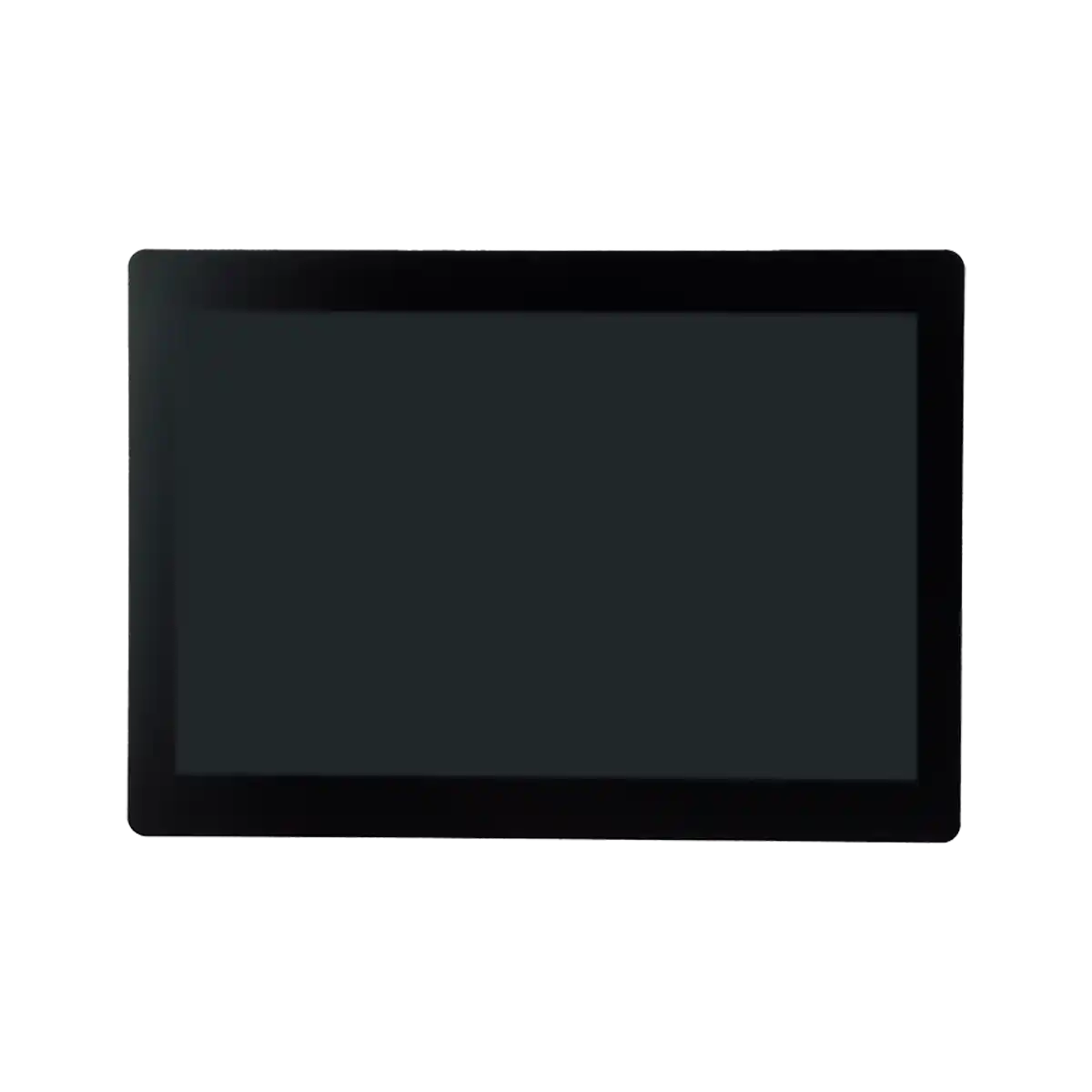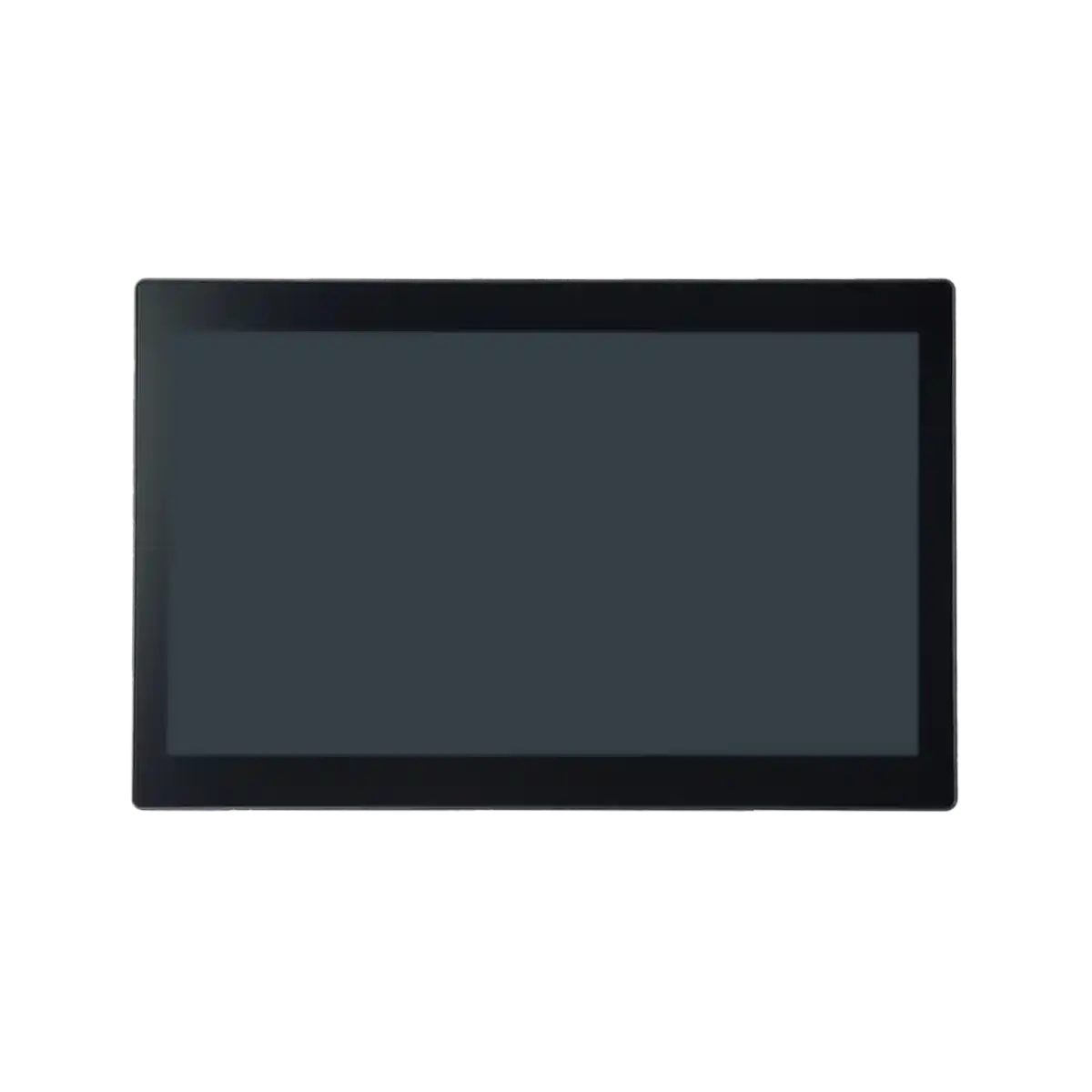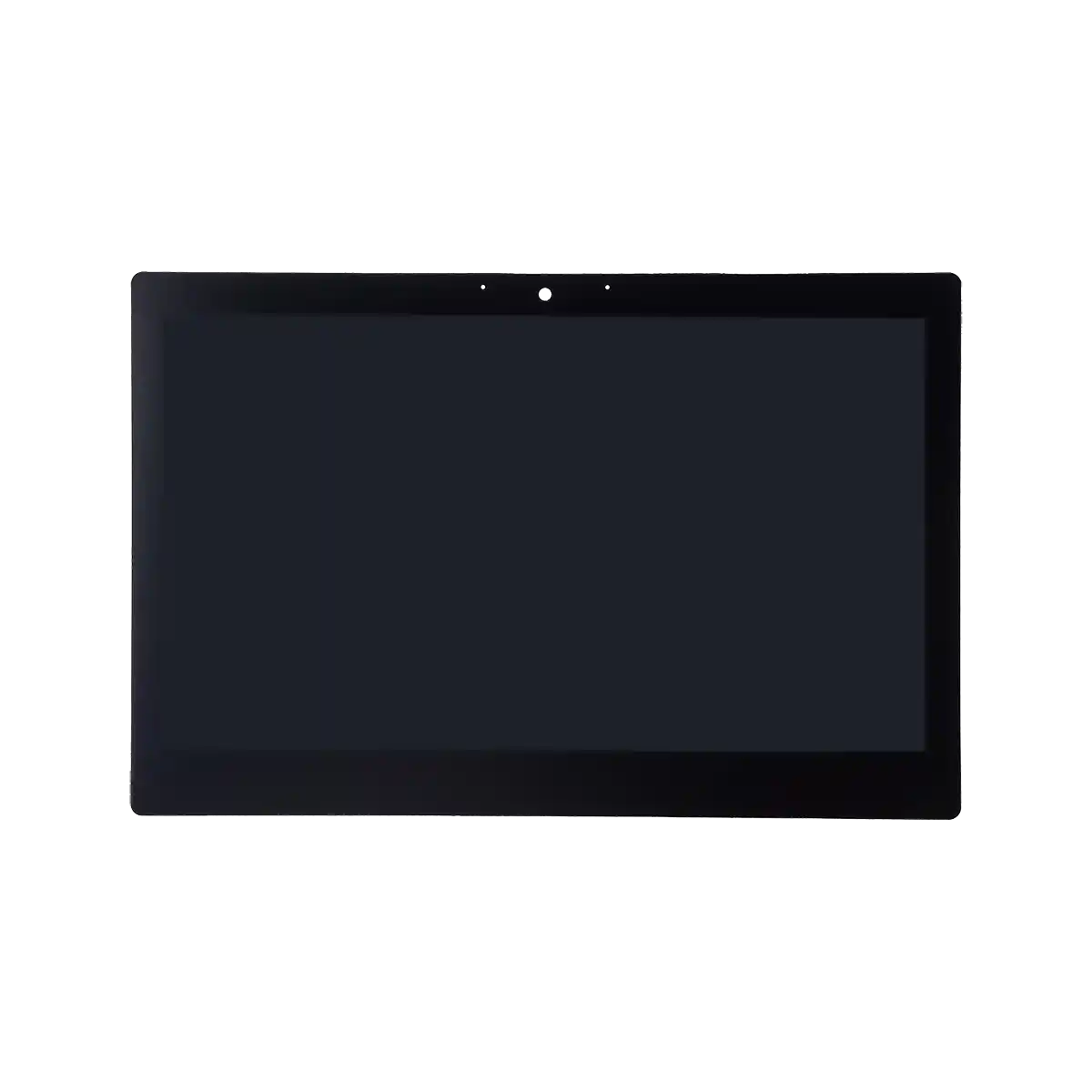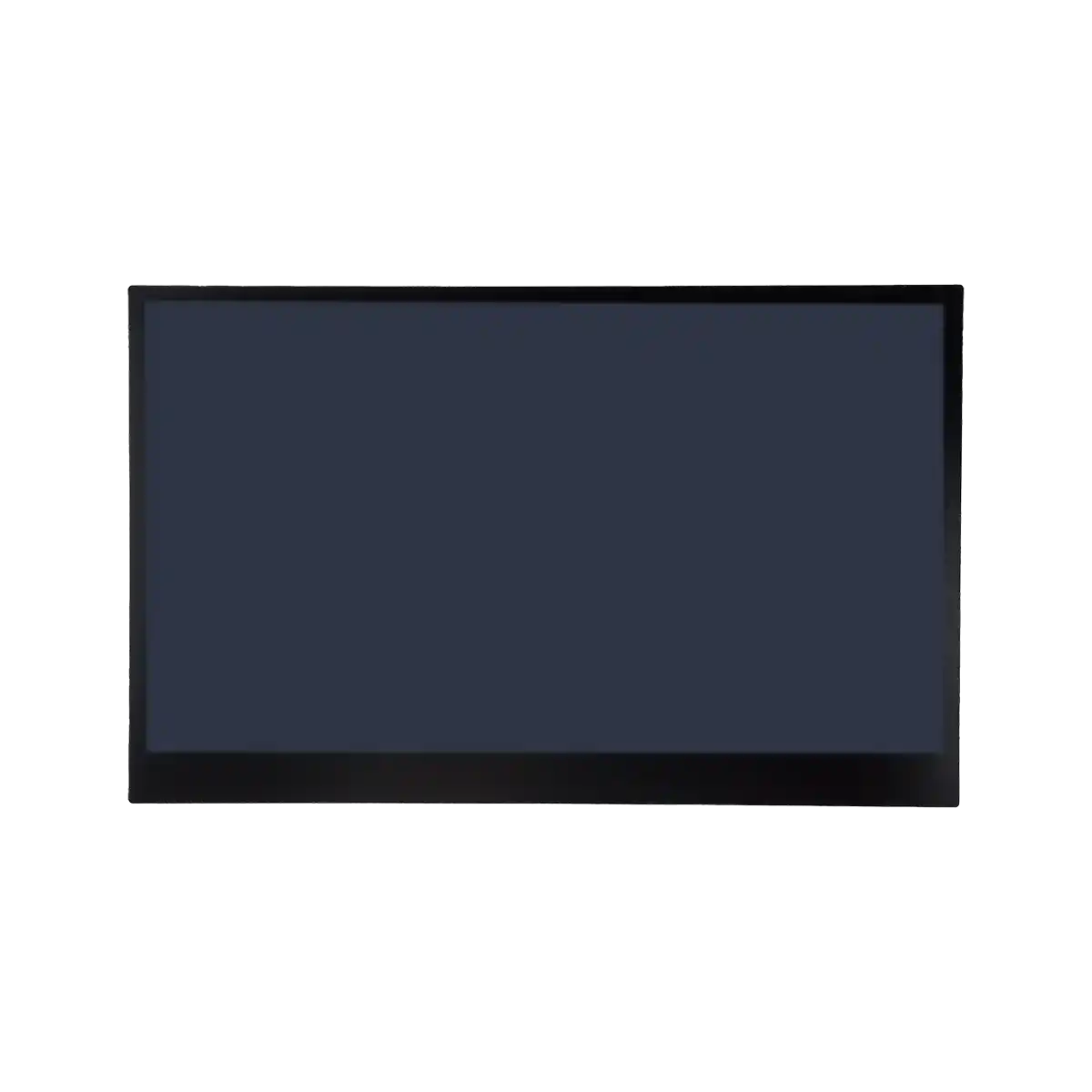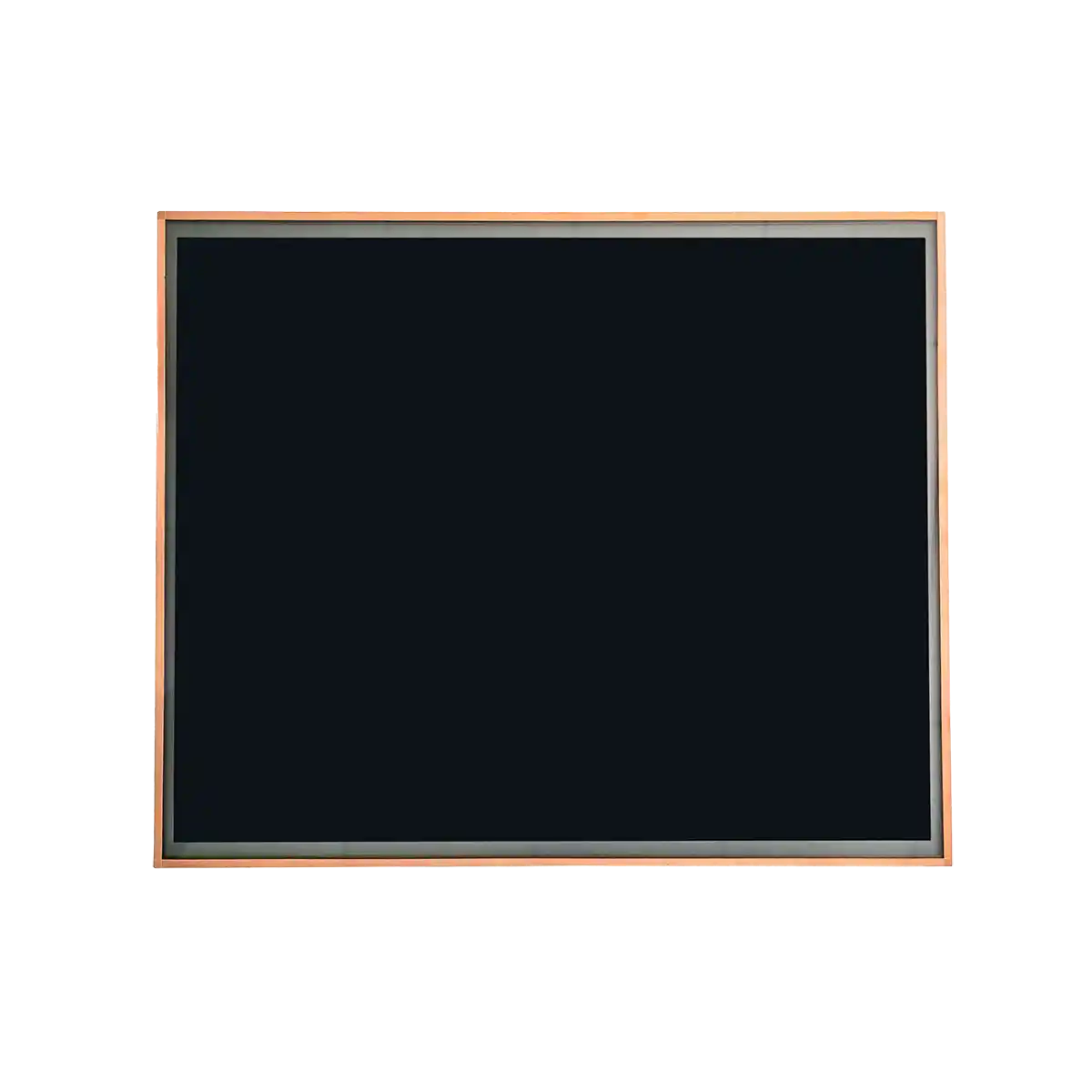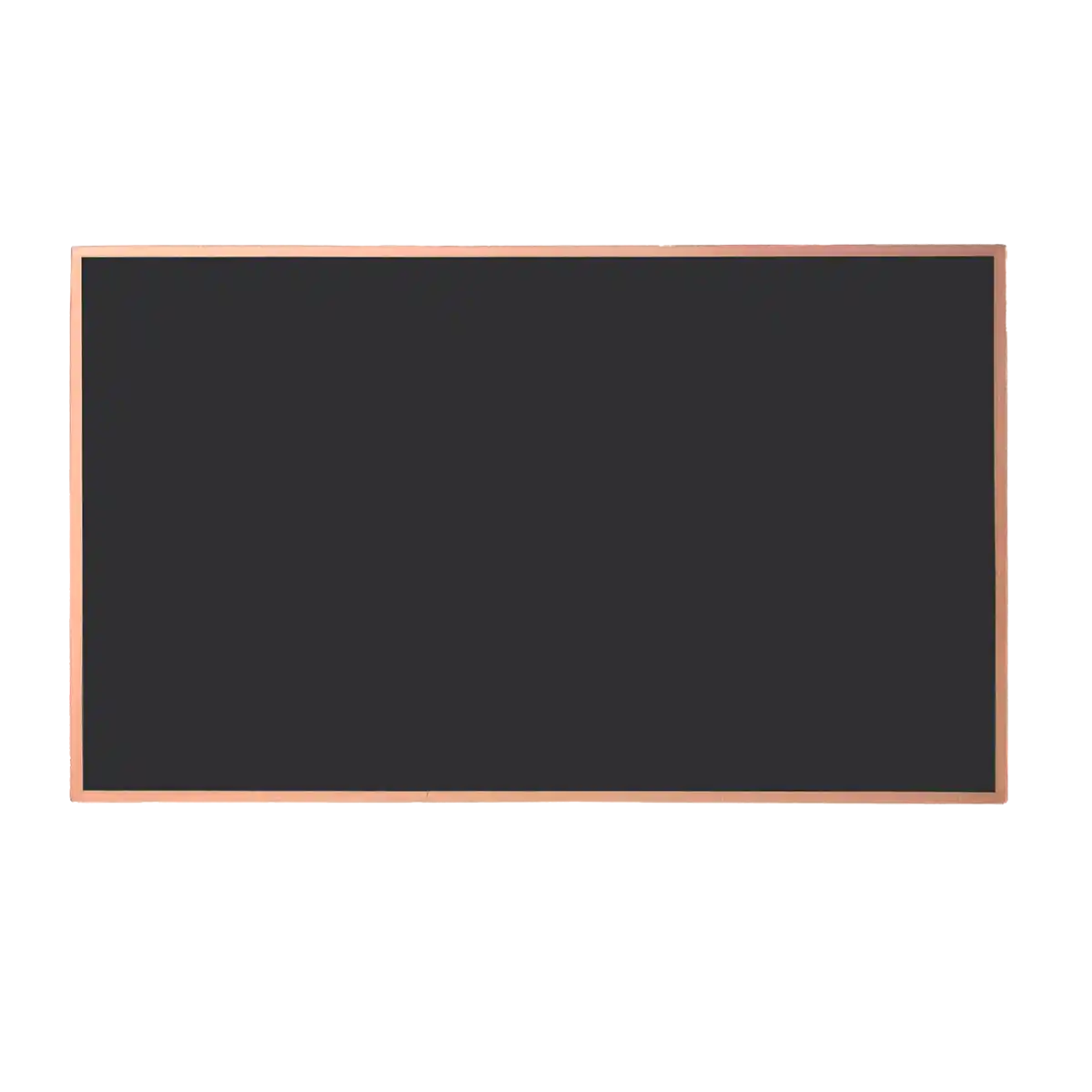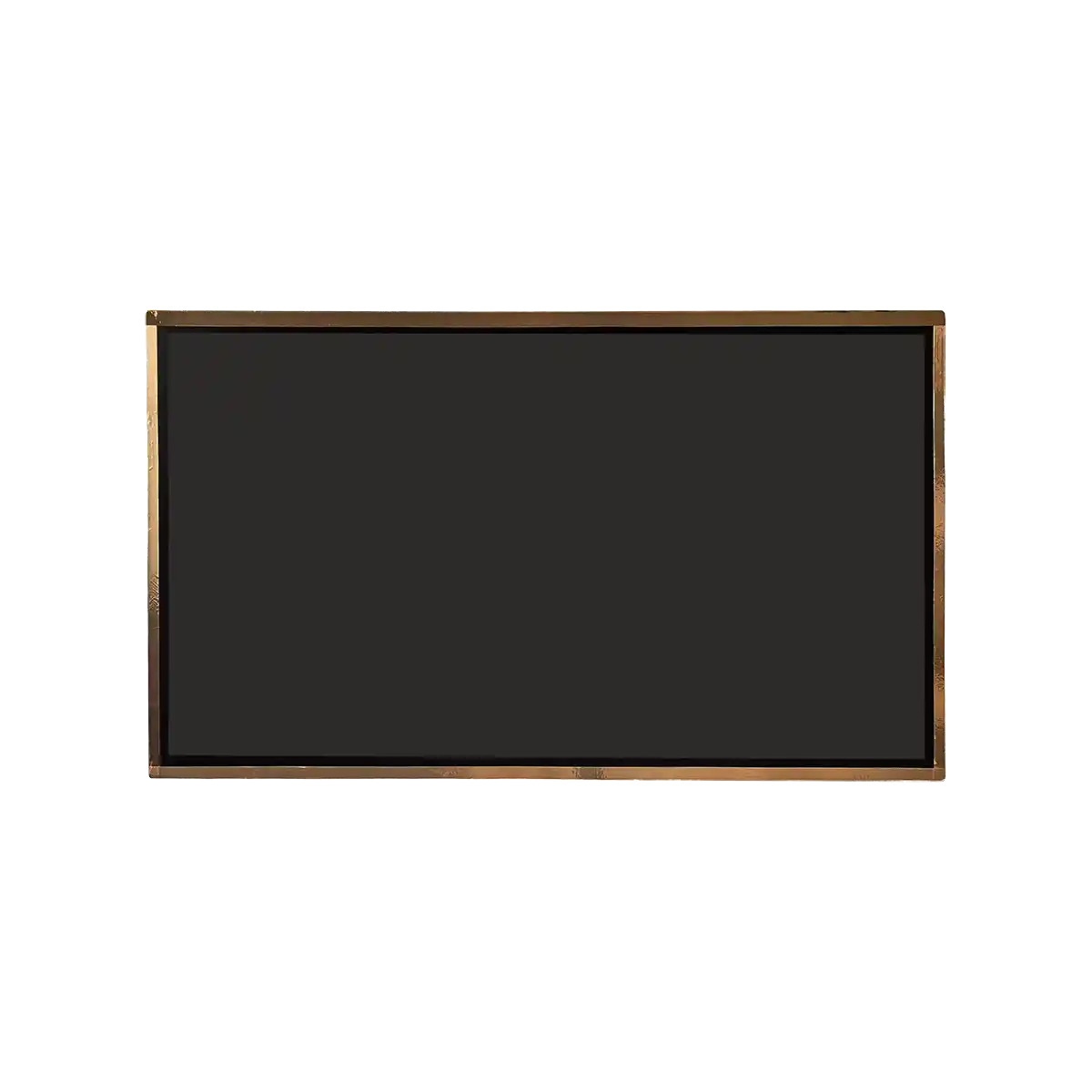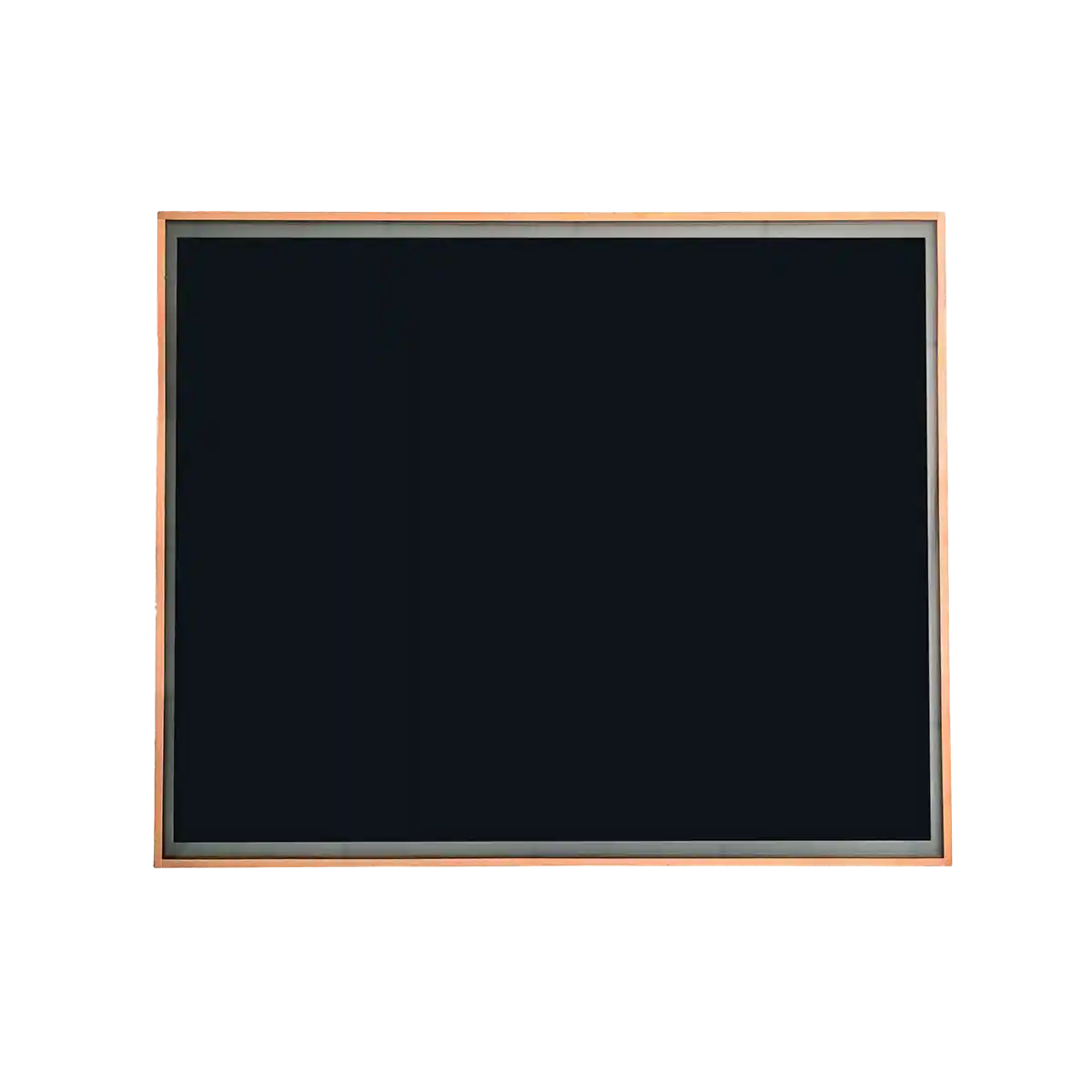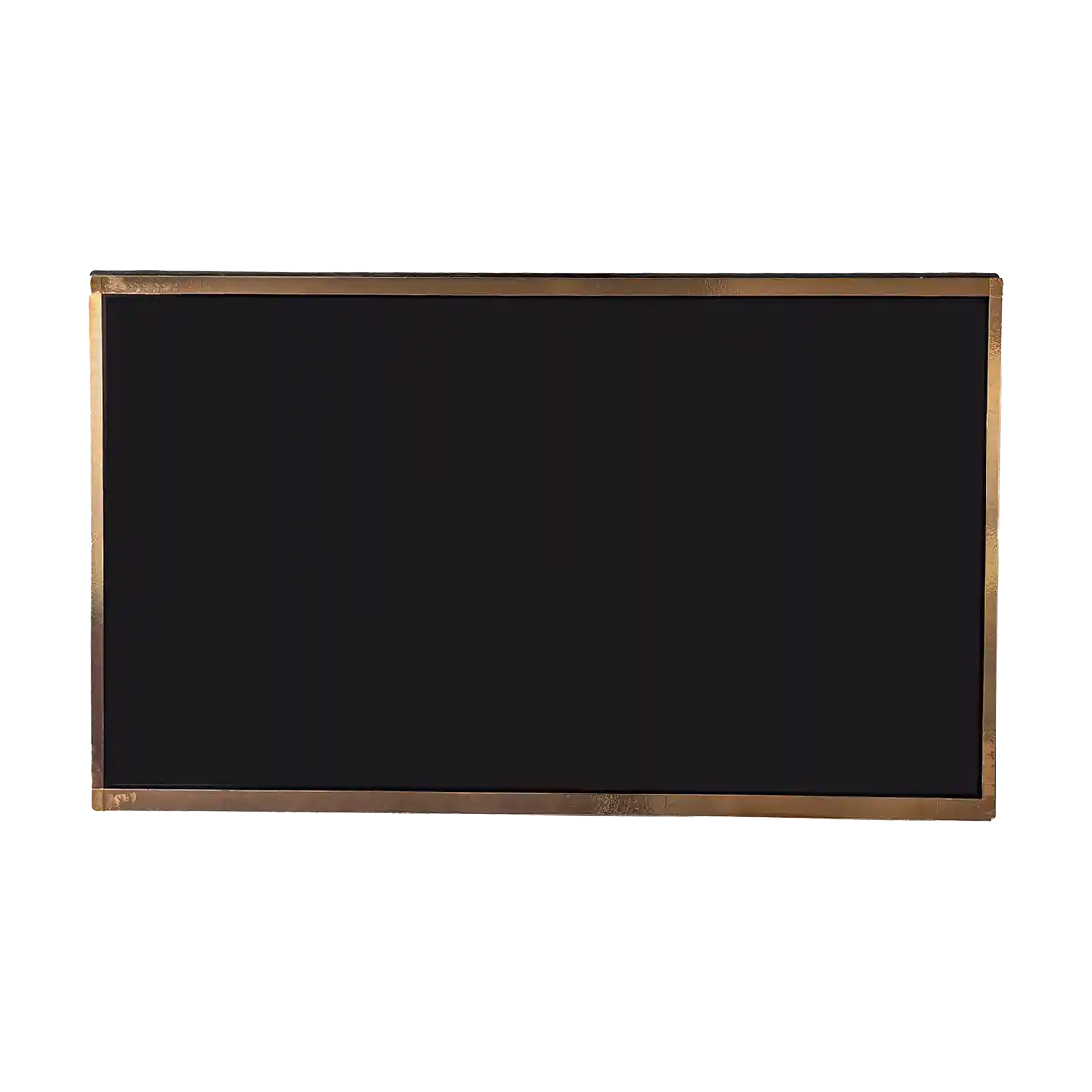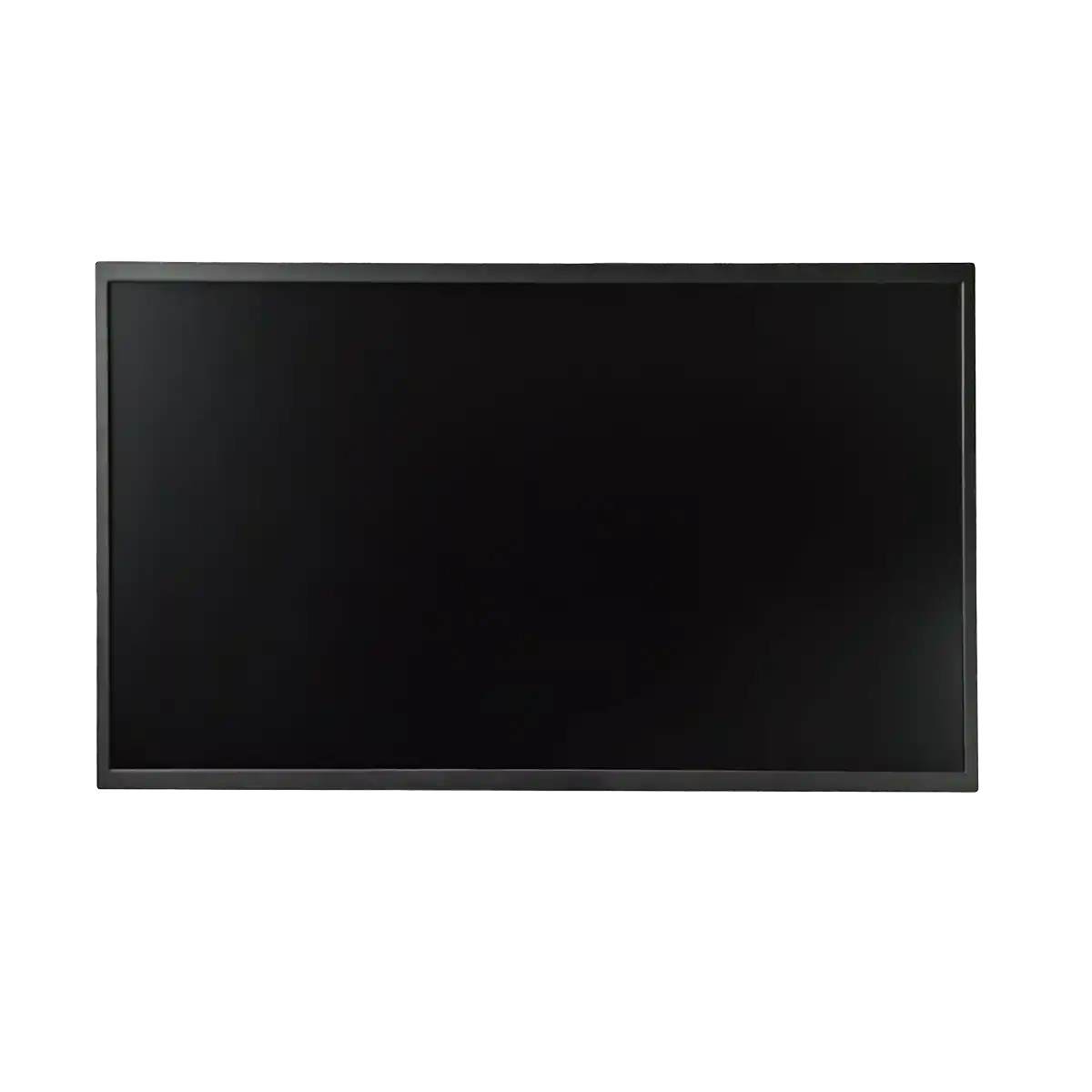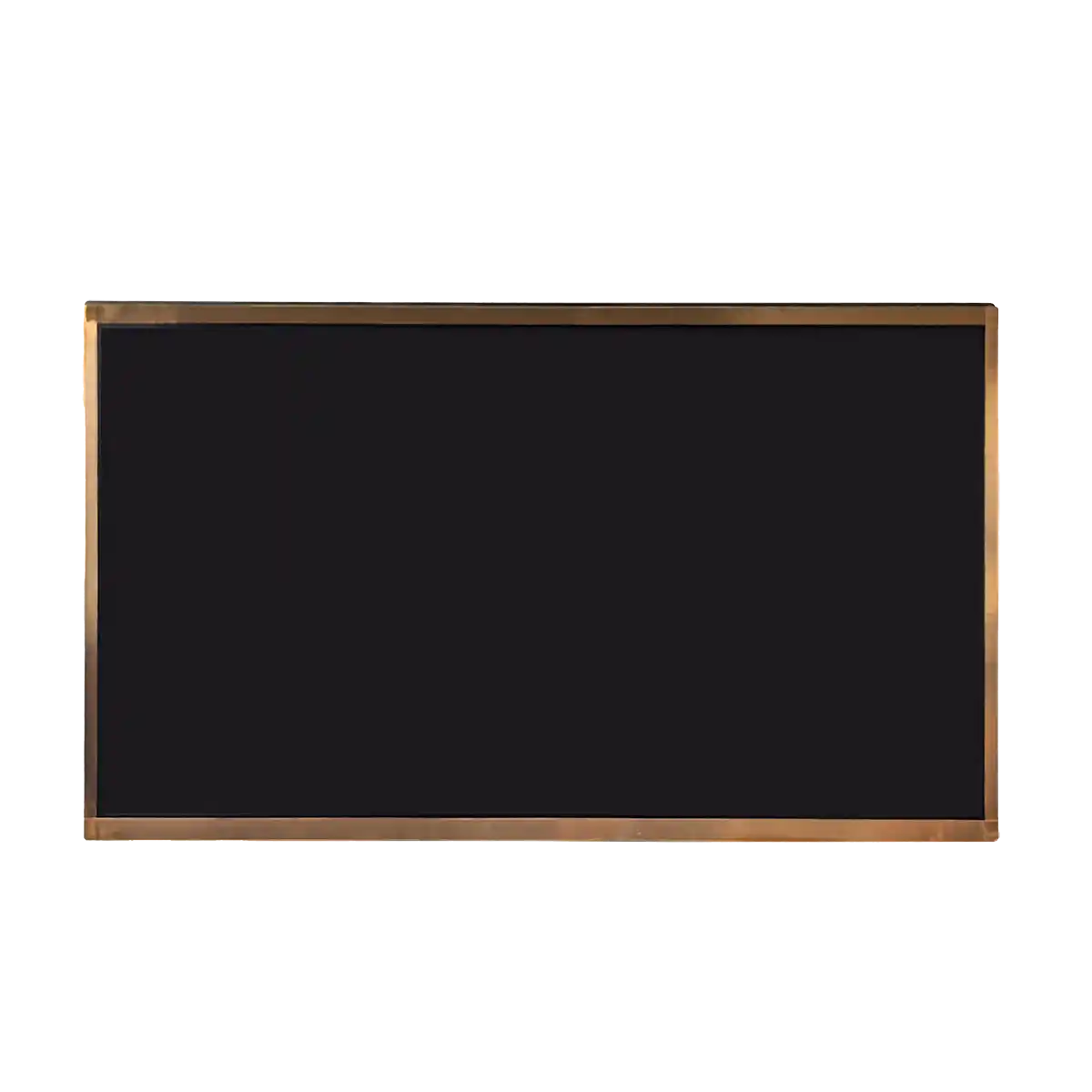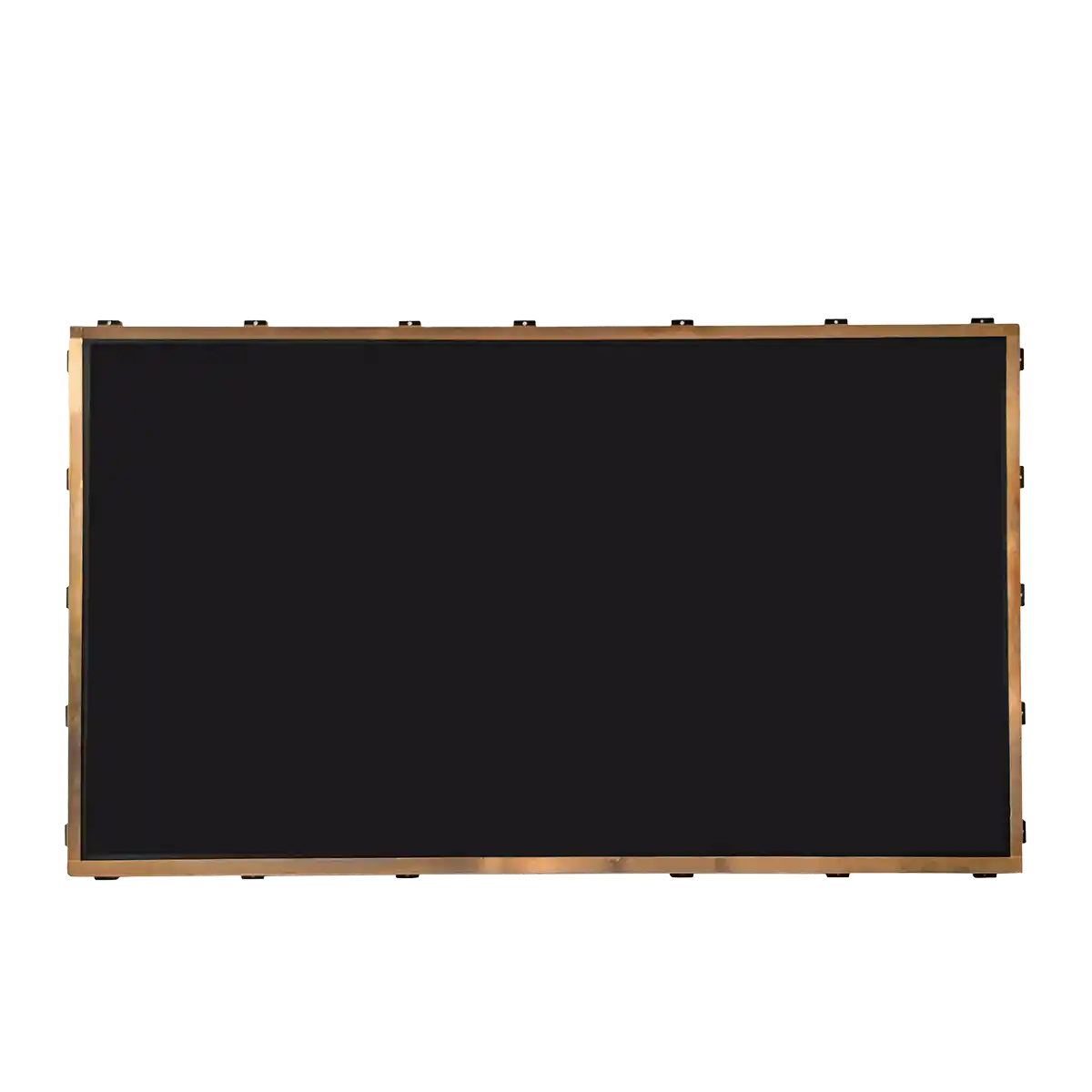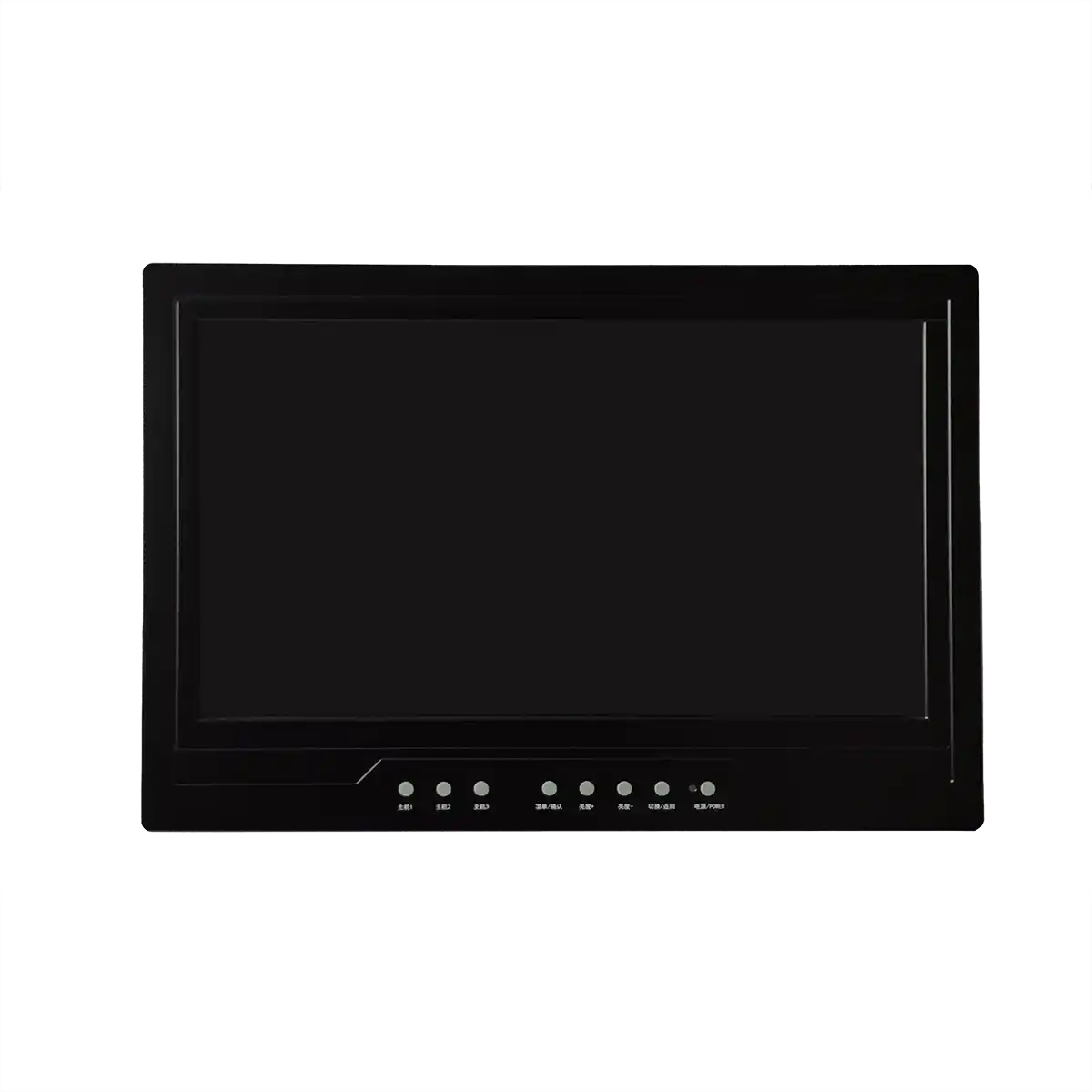Customizing Industrial LCD Panels for Specific Industry Needs
Introduction
As the technological landscape evolves, the demand for specialized solutions in various industries has never been greater. Industrial LCD screens, integral to the operation of machinery and systems across sectors, are no exception. Customization of these screens is not a luxury but a necessity to meet the unique demands of different industrial environments. From the manufacturing floor to the medical suite, each industry has its own set of challenges and requirements that a one-size-fits-all approach cannot address. In this article, I will explore the importance of customization in industrial LCD panels, elucidate the process, and highlight the benefits it brings to specific industries.
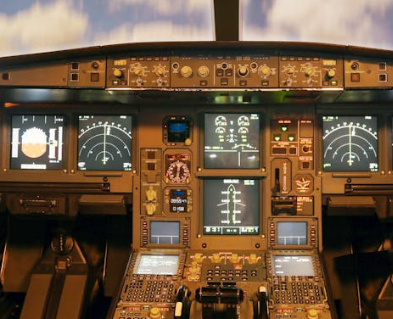
Body
Customization of industrial LCD panels begins with understanding the specific industry needs. For instance, in the medical field, where sterility and hygiene are paramount, LCD panels may require antimicrobial coatings and the ability to withstand frequent cleaning with harsh chemicals. In contrast, panels used in outdoor industrial settings must be designed to resist sunlight, rain, and extreme temperatures, necessitating features like high brightness and waterproof enclosures.
The environmental conditions dictate the necessary adaptations. Panels destined for use in areas with high levels of dust or particulate matter must be sealed to an IP (Ingress Protection) rating that prevents ingress of contaminants. Similarly, panels in areas prone to shocks and vibrations, such as in transportation or heavy machinery, require enhanced structural integrity and possibly additional mounting solutions for stability.
Display characteristics must also be tailored to fit the application. For applications requiring high readability in bright light, such as in a control room or an outdoor kiosk, the panel may need a higher brightness level and possibly an anti-reflective coating. In scenarios where color accuracy is crucial, such as in quality control for manufacturing, the panel's color gamut and calibration must be precise.
Furthermore, the user interface of the LCD panel can be customized. This includes the layout of the display, the type of touchscreen (if applicable), and the software that drives the interface. For example, a control panel in a factory might benefit from a highly intuitive, icon-driven interface that allows for quick adjustments and monitoring of machinery, whereas a diagnostic tool in medicine might require a more data-intensive display with scrolling capabilities.
Integration with existing systems is another aspect of customization. Industrial LCD panels are often part of a larger system and must communicate effectively with other components. This may involve specific communication protocols, data formats, or even the physical dimensions and connectors that match the existing infrastructure.
Conclusion
Customizing industrial LCD panels is essential to ensure that they meet the unique challenges of their intended environments. By considering the environmental conditions, display characteristics, user interface, and system integration, industries can ensure that their LCD solutions are not only functional but also optimized for their specific needs. This results in enhanced performance, reliability, and ultimately, a better return on investment.
Further Exploration
For a deeper understanding of industrial LCD panel customization, it is beneficial to delve into topics such as the role of software in customization, the impact of ergonomics on user interface design, and the economics of customization, including the balance between cost and benefit. Additionally, exploring the latest trends in smart manufacturing and Industry 4.0 can provide insights into how customizable LCD panels can be integrated with advanced technologies like the Internet of Things (IoT), artificial intelligence (AI), and machine learning to create intelligent, responsive systems.
By focusing on customization, industries can harness the full potential of industrial LCD panels, creating a competitive edge through tailored solutions that not only meet but exceed the demands of their specific operational contexts.
Recommended Articles
-
Are the displays in Tesla's Cyb
2024-12-10 -
Interpretation Report on AUO's
2024-12-05 -
ADS Pro: The Future of Display
2024-12-04 -
The Trajectory of South Korea's
2024-12-04 -
Practical Applications of Indus
2024-09-26 -
Hangzhou LEEHON Technology supp
2024-09-14 -
How to Check for Issues in Indu
2024-09-11 -
How does an LCD screen find ind
2024-09-11 -
What is the difference between
2024-09-11 -
In-depth analysis of the develo
2024-09-10

